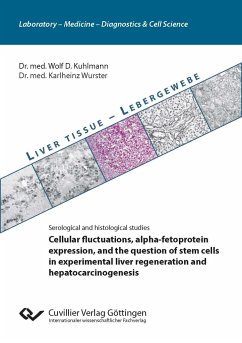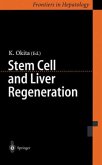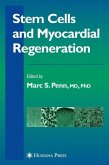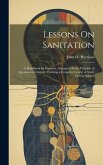Hepatocytes and bile ductular cells possess stem-like potential in restoring liver tissue. This was derived from rat and mouse injury models such as (a) partial hepatectomy by surgery; (b) acute carbon tetrachloride intoxication; (c) injuries by D-galactosamine (GalN) or by N-nitrosomorpholine (NNM); (d) experimental hepatocarcinogenesis with NNM using different doses. Liver parenchyma was restored by adult hepatocytes after partial hepatectomy as well as after carbon tetrachloride intoxication. Concurrently, hepatocytes resumed synthesis of alpha-1-fetoprotein (AFP) which depended to a high degree on the animal species and strains used in that studies. In contrast to this way of regeneration, liver repair after heavy injuries by agents such as GalN and NNM was initiated by oval cell proliferation deriving from ductular epithelial cells of the canaliculi of HERING (canals of Hering, intrahepatic bile ductules) as sources of endogenous progenitors. Progenitor populations reach levels of differentiation with fetal gene reactivation and significant AFP expression. Proliferating oval cells operated as transit and amplification compartment during liver regeneration. Oval cell proliferation and concurrent AFP synthesis occurred also in the early stages of hepatocarcinogenesis when the carcinogen NNM was applied in toxic doses. The histologic features compared to those seen in GalN intoxication. NNM carcinogenicity was of concern for both oval cells and adult hepatocytes with risks of transformation and malignant development. At the cancer stage, carcinomas either synthesizing AFP or not can be found side by side in the same liver. AFP expression by cancer cells seems to be a special attribute to differentiation stages in carcinogenesis. Clonality, maturation arrest and retro-differentiation feature cells with high autonomy.








